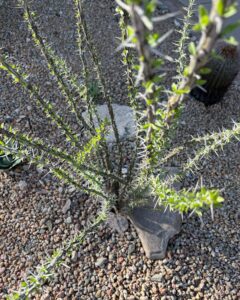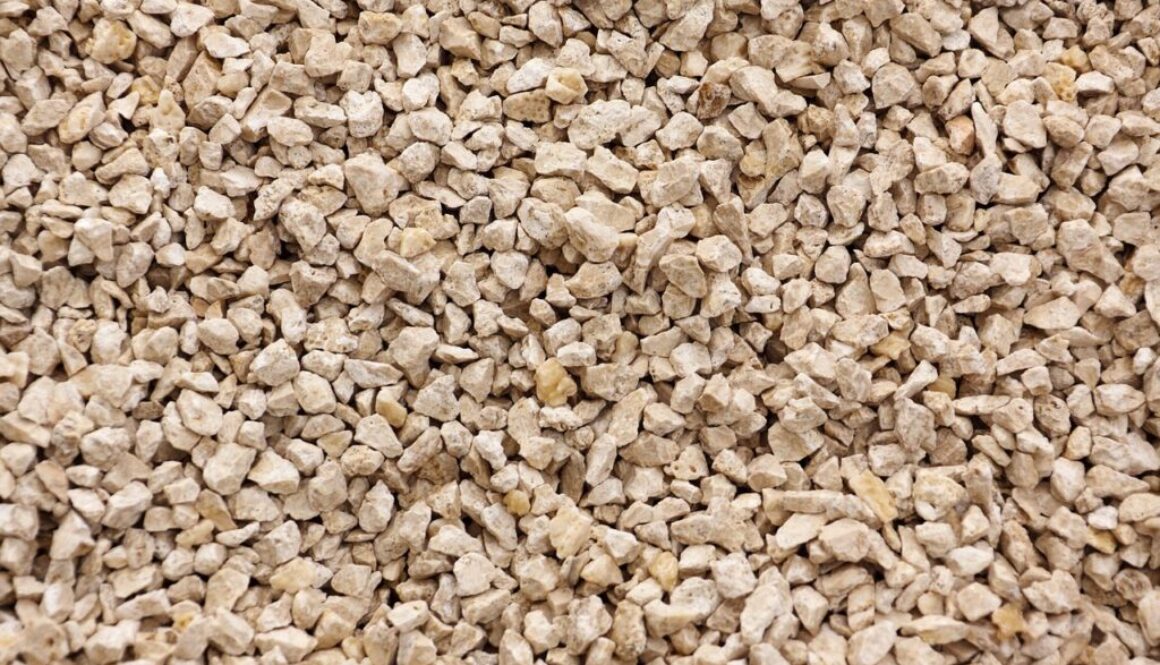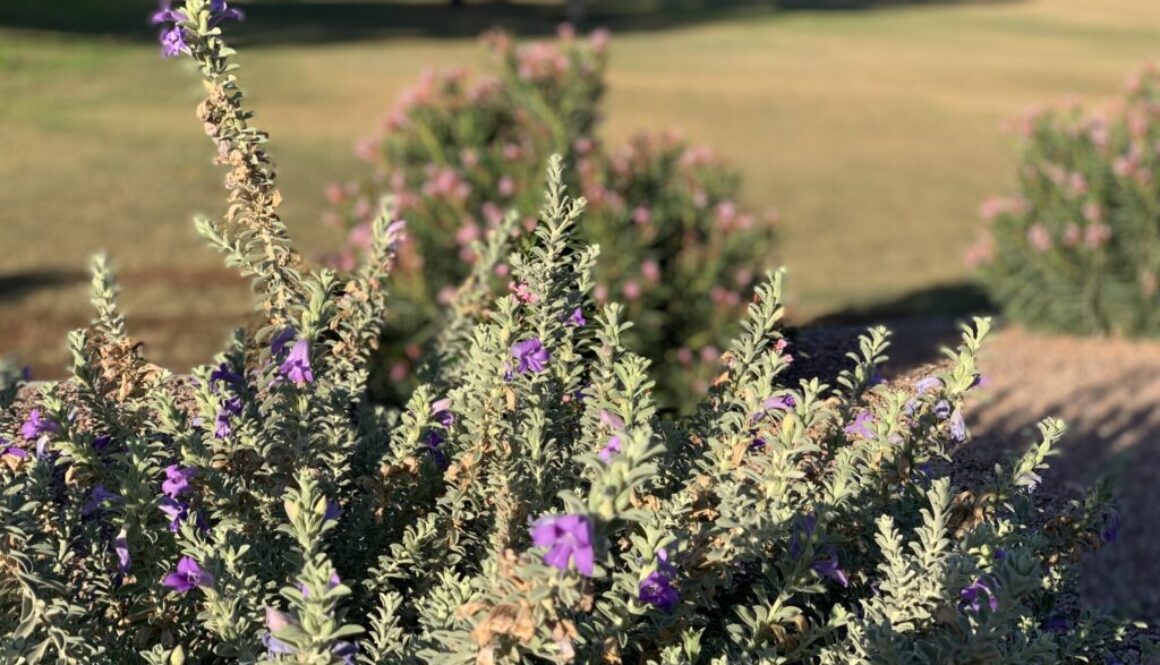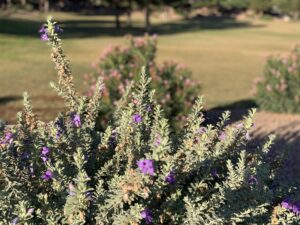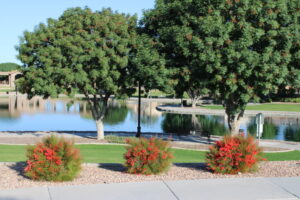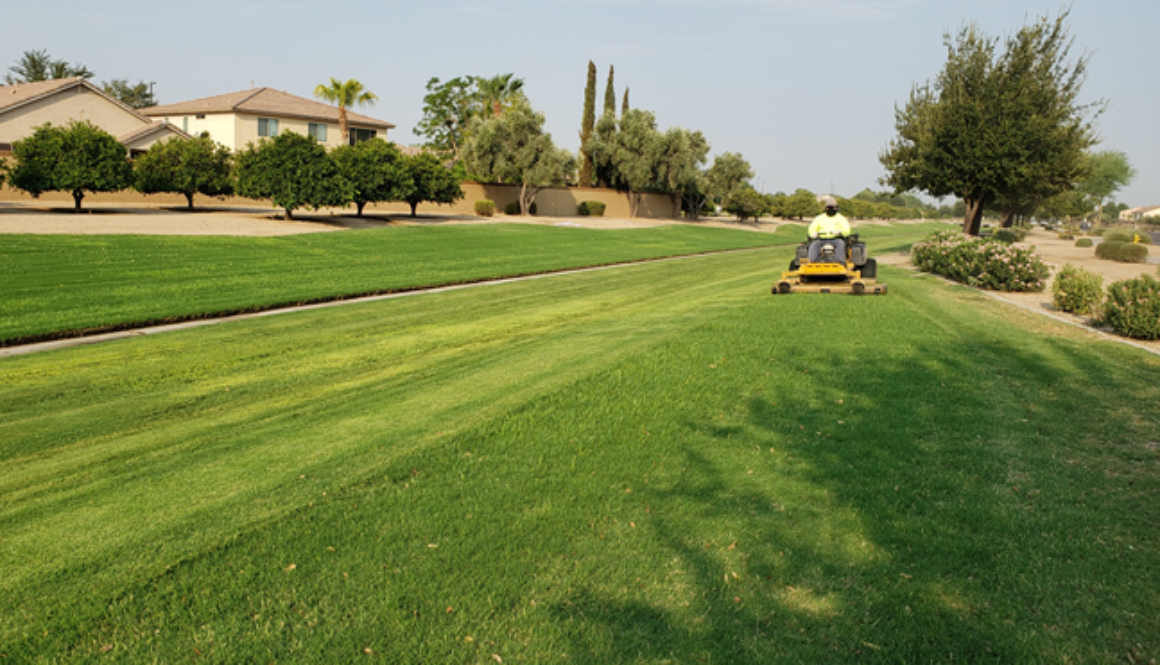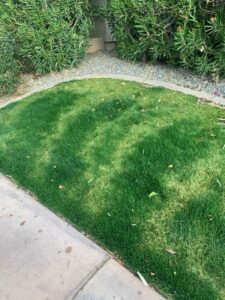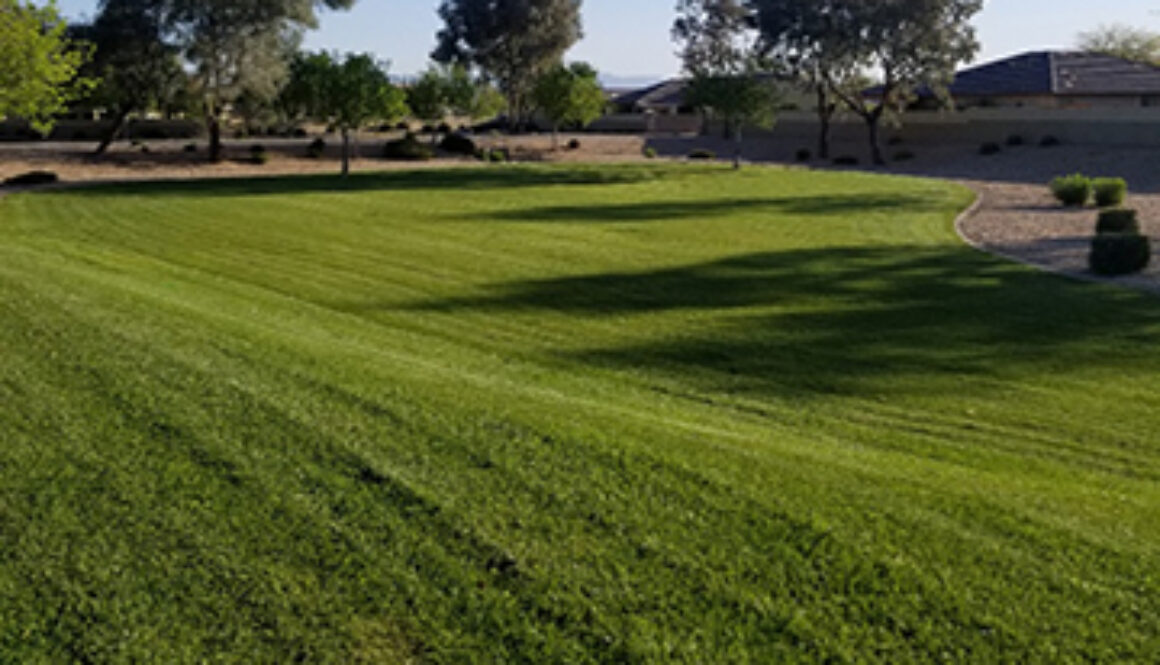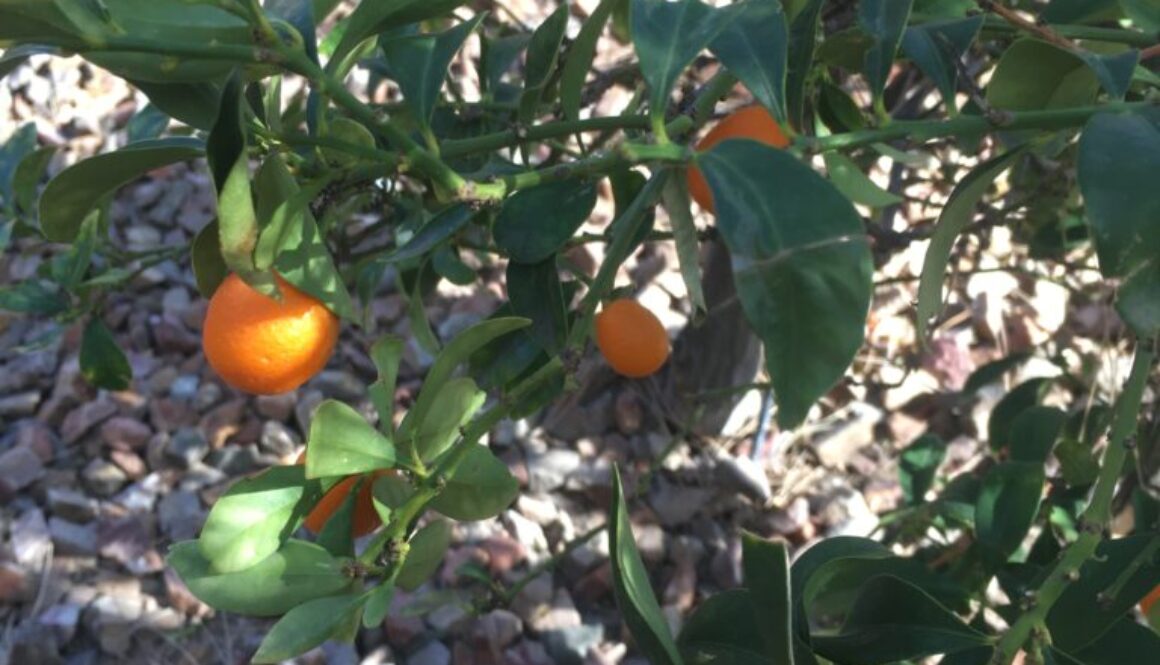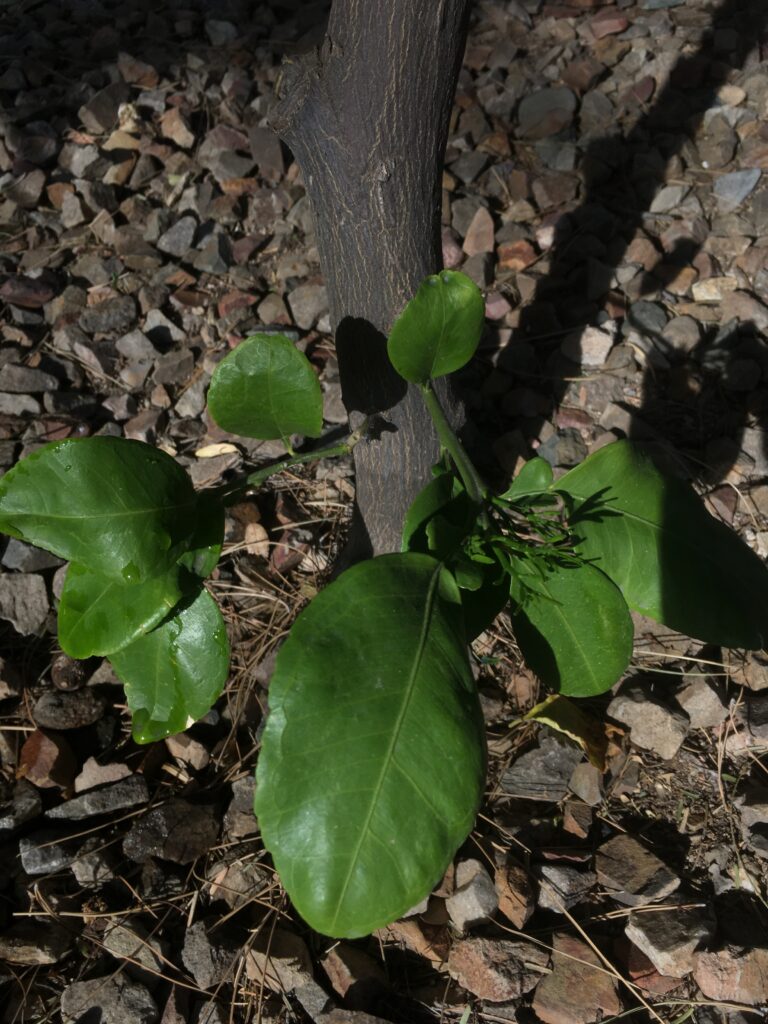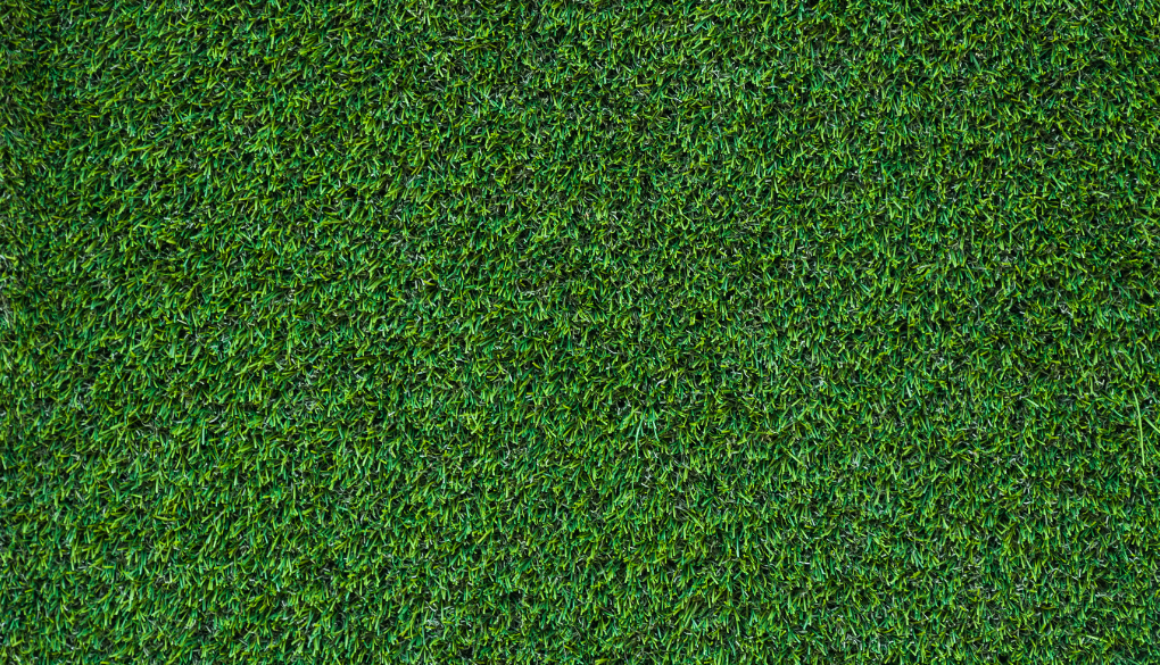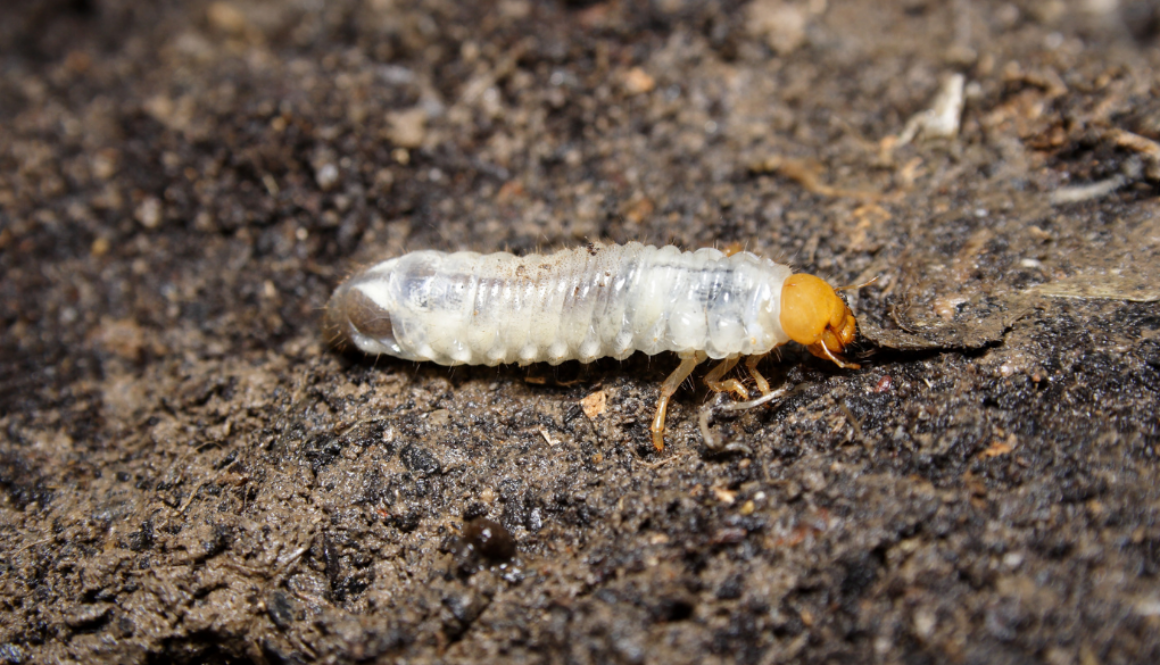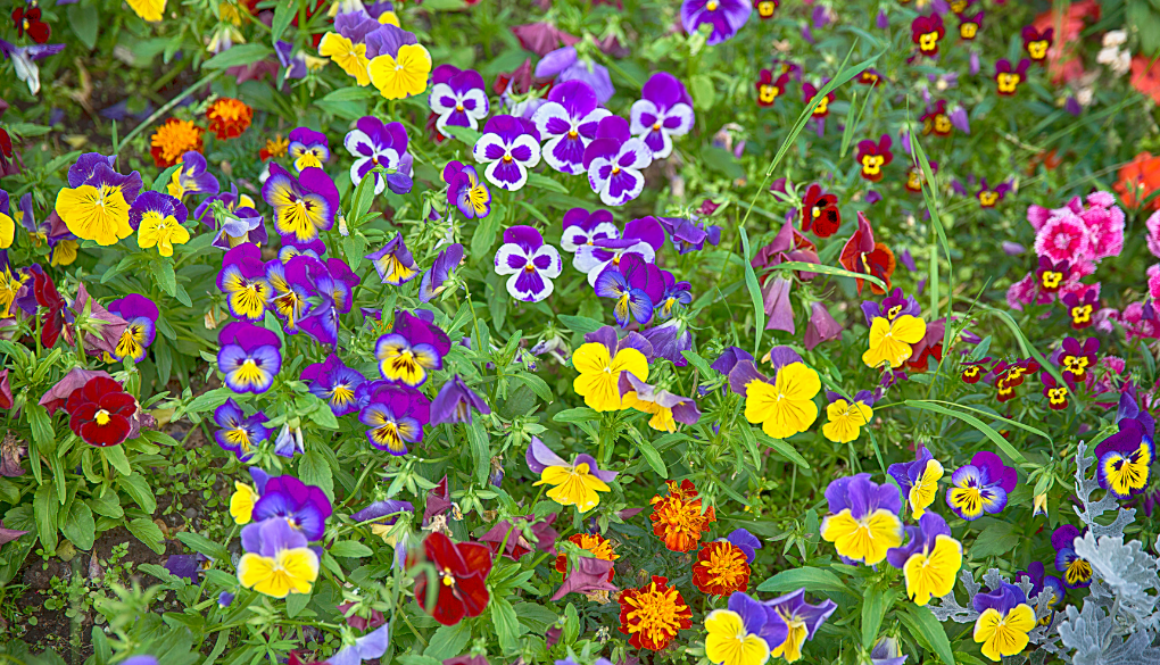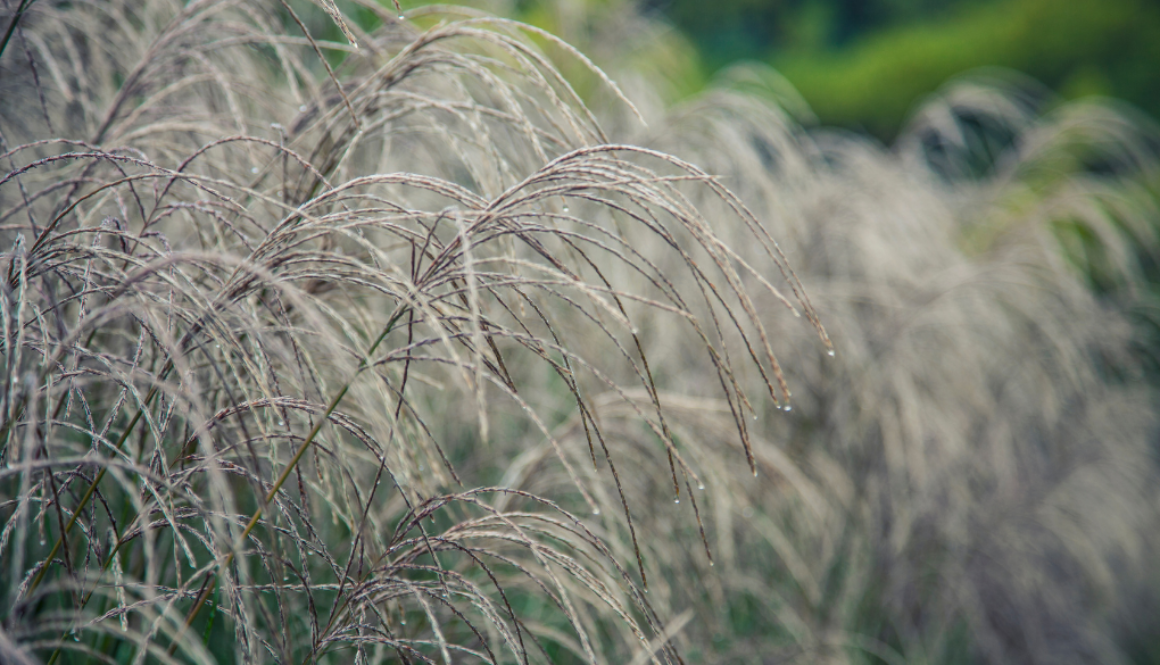Notice your turf looking a bit spotty or unhealthy in areas? This could be because of some small pests known as grubs! Grubs are a huge issue here in Arizona when it comes to turf health as they feed on the roots and other inert materials in order to grow. They are extremely small in size and can go unnoticed until the damage they cause is already done! While it may be difficult to know whether or not grubs are affecting your turf this season, we have some information to get you educated on what these pests are and how to plan for their arrival!
What are Grubs?
Grubs are the larval stages of different types of beetles that are found here in Arizona. They are typically white in color and are extremely small (varying in size from 1/4 inch long to about an inch long). The beetles usually lay their eggs around early summer in sunny locations, such as Arizona, leaving the growth process of the larvae to take place towards the end of our Summer season. It is in this growth process that they begin to affect the health of the turfgrass where they reside.
Larvae live in the soil of the grass and they typically feed on the roots and organic matter that surrounds them. They have chewing mouthparts that allow them to easily take down roots and in places where they are abundant, this can cause noticeable damage. Their feedings typically result in brown, irregular sections of turf that may look as if it is dying- leaving an overall spotty lawn. In addition to the damage that the grubs cause from feeding on the organic matter of your turfgrass, other animals are more likely to damage your lawn in these areas as well. Birds and small mammals use grubs as a food source and tend to be drawn towards turf areas where these grubs are thriving, feeding on the grubs and causing turf decline as well.
How to Prepare For and Treat Grubs in Your Arizona Landscape
Since these pests begin to cause damage in mid-summer but often go unnoticed due to their size, it is common to uncover a grub infestation late- usually in late summer to the early months of fall. Luckily, there are lots of options for grub control that are aimed towards getting rid of the pests after an infestation.
Curative treatments are those treatments that are applied following an infestation and damage. These treat the turf to get rid of the existing grubs in an attempt to repair the areas where affected. These are typically insecticides, which kill the grubs in all stages of life- clearing out an infestation. While curative chemical treatment tends to work in killing off grubs and helping the lawn repair itself, preventative treatments offer more options for type of treatment and are generally more effective.
As far as preventative treatments go, we often find that a mix of chemical and organic treatments works best for Arizona turf. When going the organic route-ensuring that turfgrass is watered and fertilized optimally works as a great way to help the grass withstand grub activity. Re-seeding damaged areas or areas that are looking sparse also helps to keep the lawn looking balanced. With chemical prevention, it is advised to use insecticides in places where grubs are anticipated (from past years populations) or expected. Applying this before egg-laying takes place will help ensure long-lasting protection to your turfgrass.
Find a list of chemicals to use for both prevention and curative purposes by the Arizona Cooperative Extension here.
It is a good idea to work with a professional landscape management company, such as our team here at ELS Maintenance, to curate a plan of prevention and treatment for grubs in turf! Be sure to reach out today to request a big for your community or commercial property!
contactus@evergreenaz.com | 602.243.1106 | 3329 E Southern Avenue, Phoenix AZ 85040
